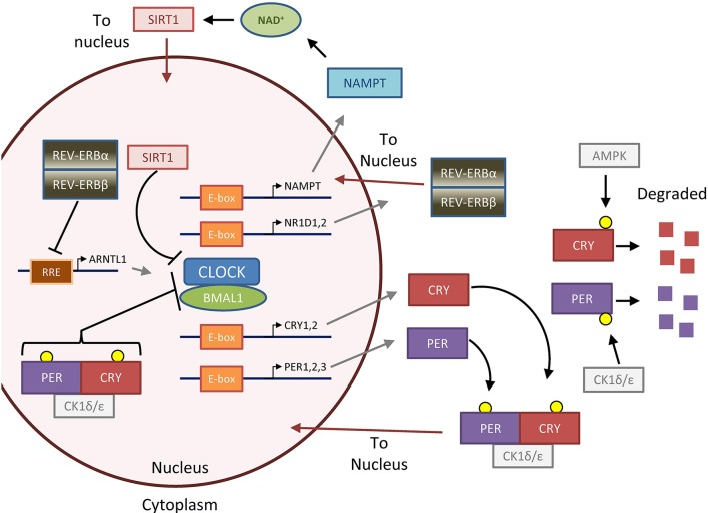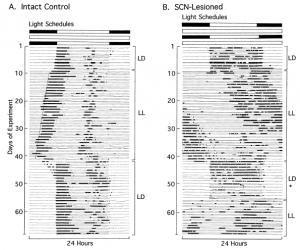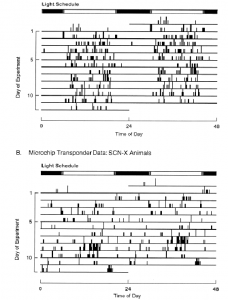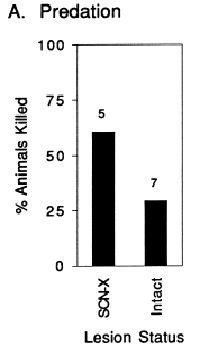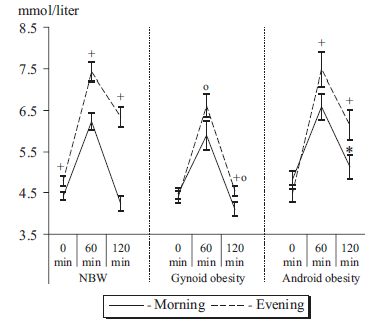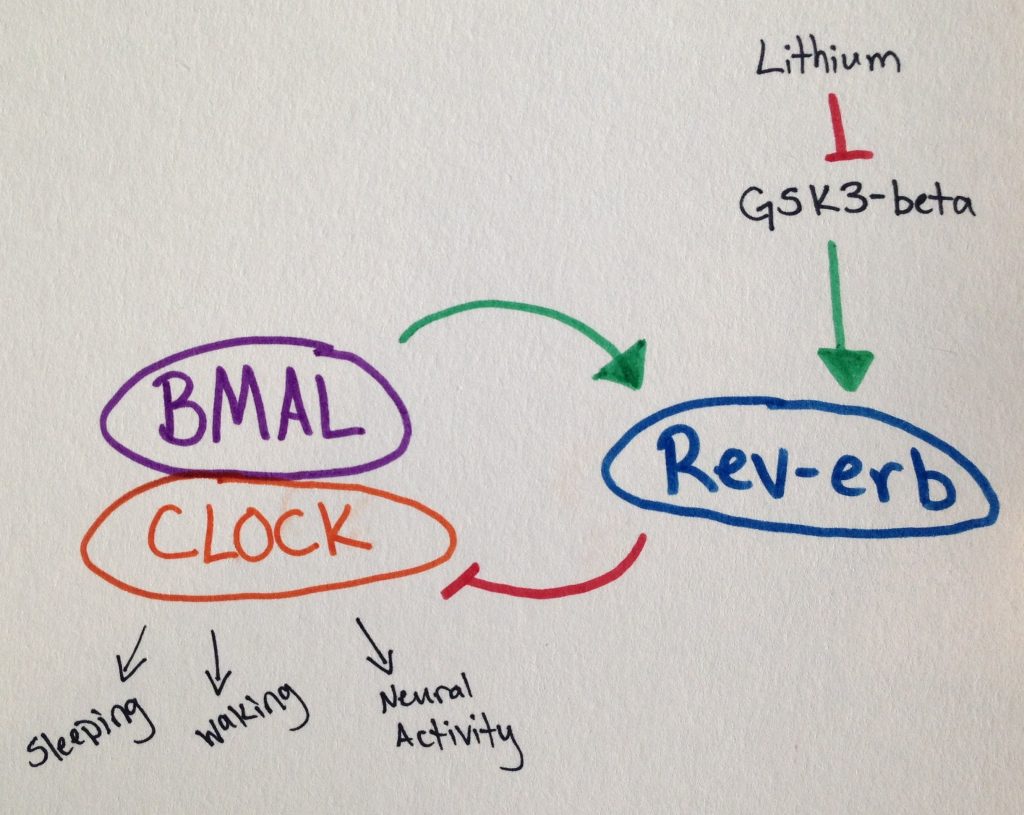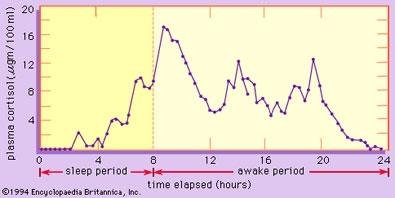Humans are incredible omnivorous beasts that can thrive on a great variety of diets, but crumble if you mess with their sleep.
Circadian arrhythmia is thought to be a driving force behind a few types of cancer. But how, exactly, does seemingly harmless things like artificial light, skipping breakfast, or jet lag actually promote tumorigenesis? There are many potential mechanisms, and I’d bet different circadian disruptions promote different cancers in different #contexts.
In some cell types, circadian disruptions which dampen amplitude increase proliferation. This has led to some researchers to believe a robust circadian rhythm per se is tumor-suppressive. In agreement with this, many tumor suppressors are direct targets of circadian transcription factors. As was observed in some skin cancers, you may want suppressed proliferation at some times of the day but not others, so the tissue can renew properly. But you don’t want, for example, skin cells to be proliferating while they’re being exposed to UV light, so this process happens at night (in circadian fashion).
Circadian transcription factors also directly interact with endogenous antioxidant systems.
Cancer clocks out for lunch: disruption of circadian rhythm and metabolic oscillation in cancer (Altman, 2016)

